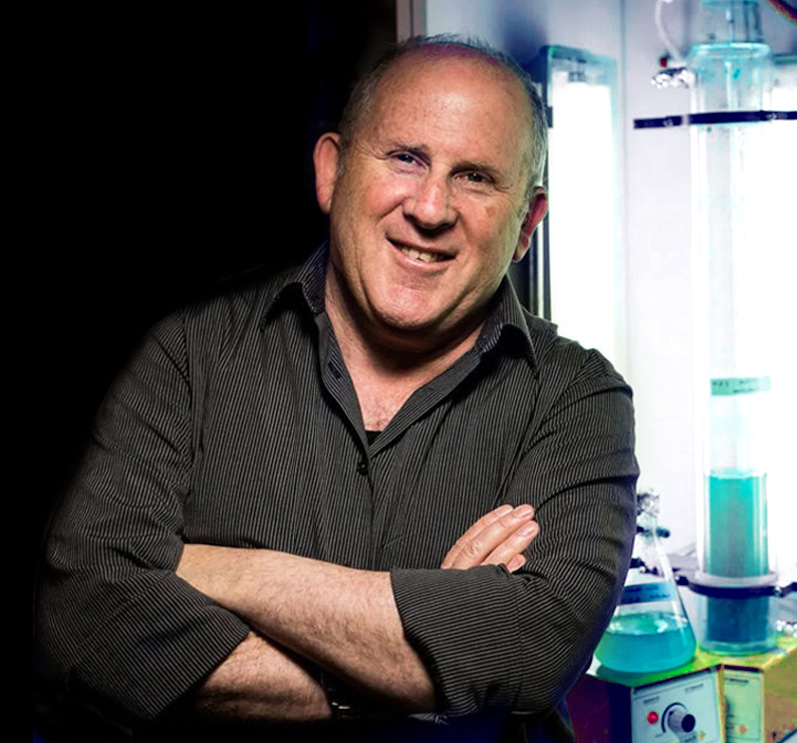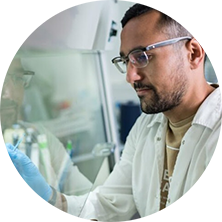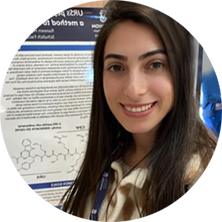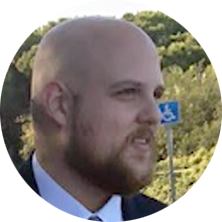Prof. Noam Adir holds the Bertha Hertz-Axel Chair in Chemistry and is the Dean of the Schulich Faculty of Chemistry of the Technion – Israel Institute of Technology in Haifa. His research interests include X-ray crystallographic and Cryo-EM determination of biologically relevant macromolecular structures, the direct use of photosynthetic systems for solar energy conversion to electrical current and storable fuels and the development of novel anti-microbial compounds.
Email: nadir@technion.ac.il
Phone: 972-4-8293716

Structural biology of photosynthetic systems, enzymes, strain proteins and more.
Development of systems for converting solar energy into hydrogen through direct photosynthetic activity.

Ph.D Student, M.Sc 2019
Structural & functional characterization of cyanobacterial phycobilisomes.

Ph.D Student
New area of research in our lab: Peptide Antibiotics development.

Ph.D Student
Structural characterization of carotenoid binding proteins.

Ph.D Student
Developing antibiotics using under-represented peptide sequences.

MS.c Student
Designing a Phycobiliprotein Based Exciton Energy Transfer System.

MS.c Student
Coupling photosystem II with Pt-decorated CdSe@CdS nanorods for overall water splitting

